Septic Tank Emptying
If septic tanks are always 3/4 full, why do we empty them?
The diagram below acceptable levels in septic tanks after one year’s usage. We empty the tank to maintain the optimal functionality that these levels enable.
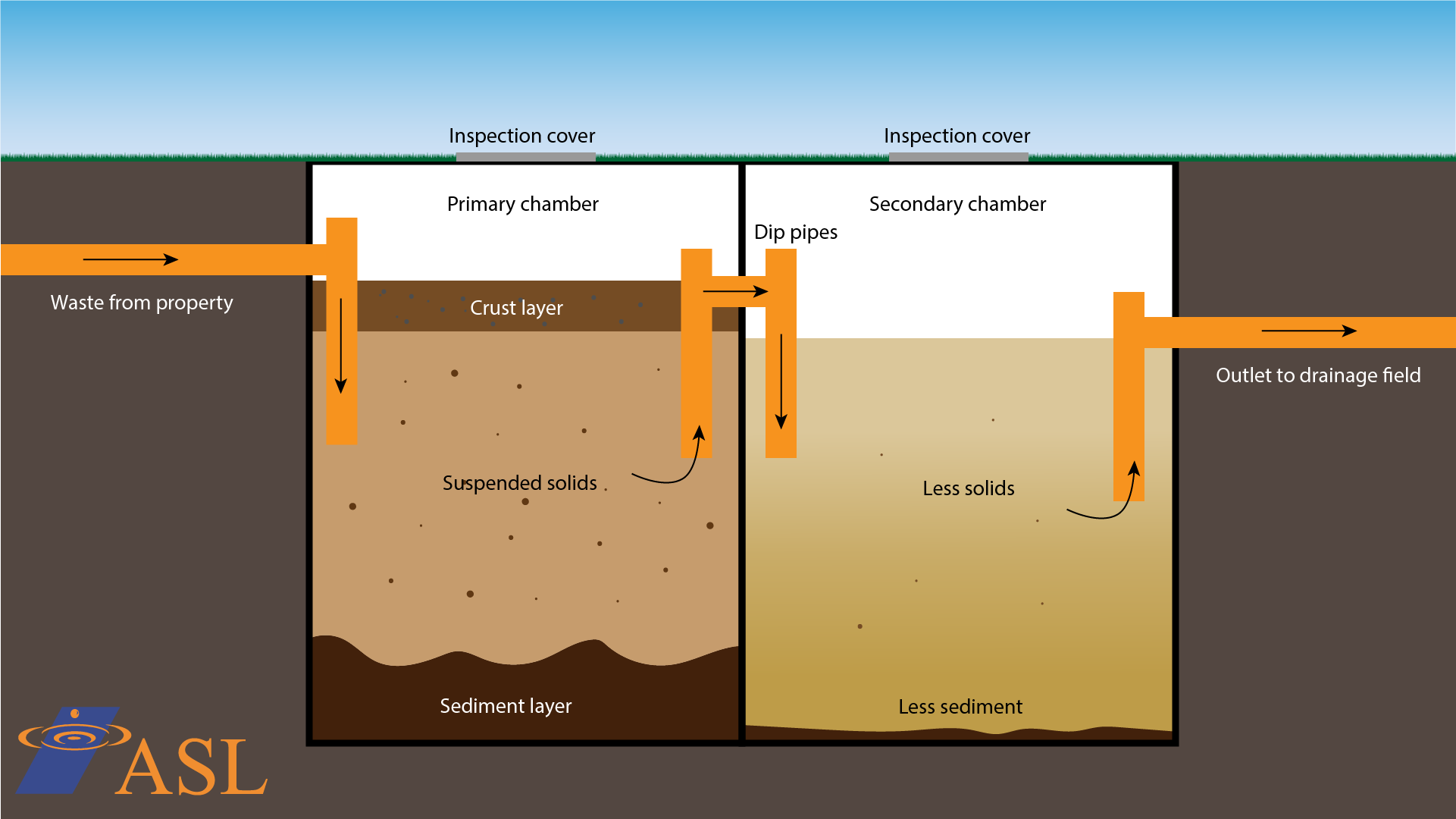
When should you do it, and what's involved if you don't?
Saving money by not emptying your septic tank or having it done as cheap as you can, is a false economy.
Emptying your tank at the right time properly and efficiently is good for you and the environment; you will save thousands of pounds and do your bit to protect the environment. ‘Properly’ means emptying the solids from the bottom AND the unwelcome fatty or crusty layer from the top.
As domestic or commercial, commonly used treatment plants, most septic tanks use the first chamber – called the holding tank – for separation via settlement. Removing the layers of the solids maintains the gap that is enabling separation.
Typically four persons using 150 to 200 L per person per day would work out to less than a cubic meter per day – with very little of that being solids over 24 hours. Septic tanks will handle a bath all in one; however, it will not take rainwater or surface water entering the sewage drain indirectly or directly.
The enormous combined flow of wastewater and rainwater will be too much for the separation process and can force food particles through, overwhelming the system and resulting in pollution. In a medium downpour of rain, the system will be overwhelmed and intake more than the limit of 2 m³ per day. The resulting pollution will have a massive impact on the environment and people’s health in the UK.
In my experience over more than 40 years, I have found many people with a septic tank are unaware, that surface water or roof water is entering the system.
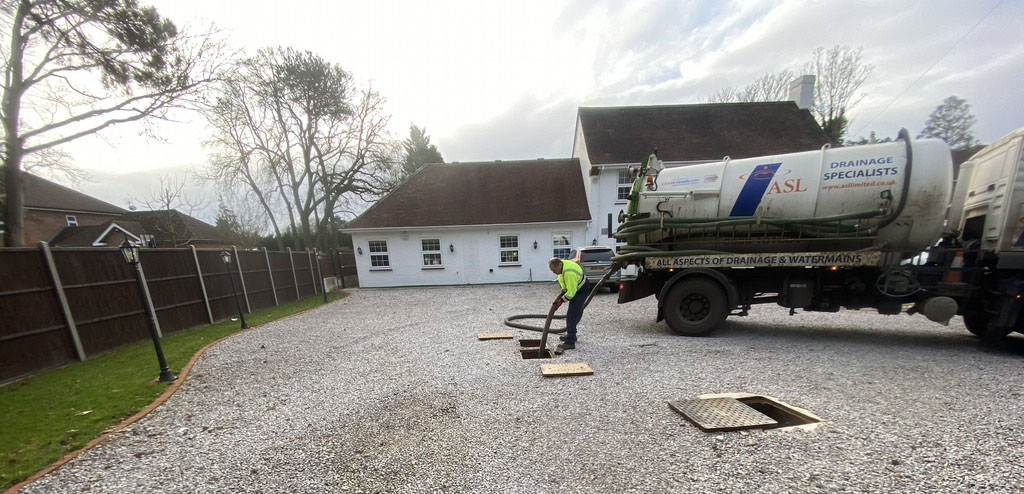
If you are moving into a property that has a private system, it would be prudent to understand what you are taking on fully. You can achieve this with a survey.
A house purchase survey is a relatively inexpensive outlay; buying a house without a house purchase survey can undoubtedly be expensive in the long term.
House agents, builders & contractors will generally agree that people will spend a fortune on the kitchen but are reluctant to spend on the drainage system – maybe that's a false economy.
See our blog ‘does my house have surface water drainage’.
What goes into septic tanks?
Just to remind you, all toilets, showers, baths, sinks, hand-basins, the kitchen sink and the labour-saving appliances in the kitchen such as dishwashers & washing machines, all flow to the septic tank.
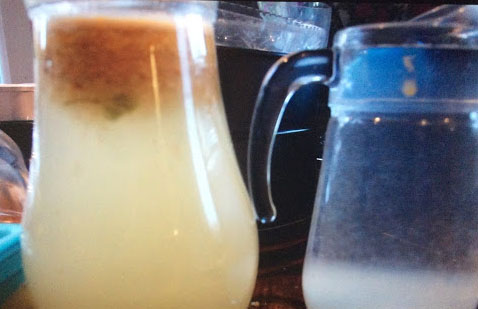
In the photographic example above, we see the result of a simple home experiment with two jugs, fats and solids. This separation took just 5 minutes – so if bathwater hits the first chamber of your septic tank, it may only take 5 or 10 mins to settle. But if rainwater is continuously entering the tank, it never gets the chance to settle fully.
Fat oil and grease will cause a thick layer that will float (similar to an iceberg, thin on top, the majority submerged). This fatty layer – similar to an iceberg – has nine-tenths of water's density – and so 90 per cent of the iceberg or fatty layer is below the water's surface.
The bulk of the ‘Fatberg’ takes up a large portion of the space in which separation would typically occur, reducing the process’s effectiveness.
Information is needed to calculate the schedule of emptying.
Firstly: we need to know how many bedrooms the property has to calculate the sewage system's size. For emptying purposes or scheduling, how many people using the system now and precisely what size the septic tank is. (ask the Tanker Driver, the installation engineer, or have a survey)
Secondly: we need to know if it's in good working order; the baffles & dip pipes are working and in place; and, rainwater or surface water is not entering the sewage system.
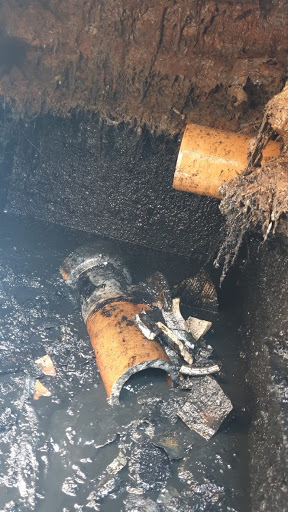
Please note: that septic tanks are only one part of a sewage system. The other part of the system is the drainage field or land drains.
(The likelihood is that any damages occurring will be pollution to the environment through the drainage field sometimes referred to as a land drain.)
The next thing I would like to bring to your attention is that the septic tank is not just a holding tank or a holding tank that you fill-up. Please let me explain how it works and what happens as you live your life day to day discharging to the septic tank.
After the septic tank has been emptied or installed, it will start filling for approximately ten days; obviously, this depends on how many people and the tank's size.
In other words, how many people are using the system, the size of the tank, and how it is used will determine the routine or schedule for emptying.
But let me tell you why you empty a septic tank.
Not emptying your septic tank once a year may put many lives in danger – animals, plants, crops, and even our own.
Let's take it that we have the numbers and the size of the septic tank right.
The septic tank uses the process of separation. When the tank is ‘full’, the water volume between the surface and the bottom is adequate for the separation process. It allows the solids to settle to the bottom and the fats to float to the top. The middle now holds the remaining water with some suspended solids that can flow through the dip pipe to the second chamber for the process to repeat.
Suppose you allow the bottom of the tank to raise (with solids), and you allow the top scum level (mainly made up of unwelcome fatty substances) to submerge below the waterline, like an iceberg 400 mm thick. In that case, you will eventually lose the gap, which is paramount for separation. You would have lost the space necessary for the septic tank to separate.
To retain the full functionality of the septic tank’s separation, you need a large space. Emptying once a year will give you that benefit (providing you have the right size tank). If the holding tank is too small, the capacity and function for separation are dramatically diminished. That is also true if the tank is not fully emptied, including all the bottom solids.
It is too easy for a tanker driver to suck out the fluids and leave the solids. Mostly if it has been previously left too long and is encrusted to the bottom. Not removing the solids from the bottom defeats the emptying object because they will still reduce the separation space when the tank fills up again. We train ASL tanker drivers to do the job correctly. Only when done properly, will emptying give you the benefit that it should.
In my opinion, the same applies if you leave emptying your septic tank for three, four, or five years. Misguided savings in the hundreds of pounds would be massively outweighed by the eventual cost to rectify the reduction in the drainage field’s ability to disperse and give secondary treatment in the ground. The drainage field will eventually cease to work, costing thousands of pounds to put right, not to mention the disruption when replacing the drainage field. Pollution will also occur over the years.
Emptying is a cost-effective way of maintaining your septic tank and protecting your drainage field or land drains, which in turn protect the environment from pollution.
Customers often experience this following nightmare, of sewage water not being able to escape the septic tank, especially a year before the land drains seemingly stopped working when in fact they possibly started to fail a year ago:
Lacking information or experience, customers think they have a blocked drain. They call out a blocked drains person who doesn’t necessarily know or understand that the land drains are starting to fail. The advice given by the perplexed block drains engineer is to have the tank emptied. Three weeks later (sometimes a few months) – the whole problem shows itself all over again. This scenario is avoidable, inconvenient, time-consuming, and costly, to say the least, especially when we have to replace the drainage field.
Surface Water
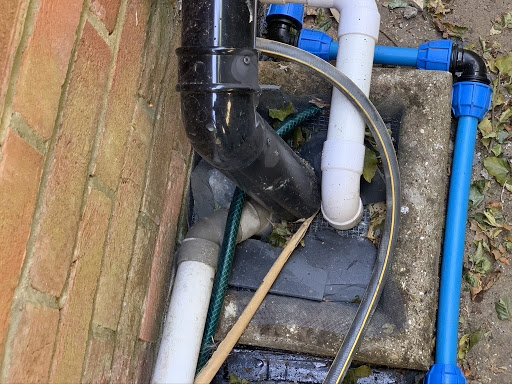
If surface water/rainwater can enter the septic tank via the drains, i.e. open joints, collapsed broken pipes (incoming groundwater), or direct connections from downpipes from guttering, this can cause further problems for the separation of waste.
Suppose water enters in a surge, such as during heavy rainfall, or a storm. In that case, the incoming water can stir up the first tank, bypass and damage any separation barriers in place, disturbing any settlement that has occurred in the primary settlement chamber.
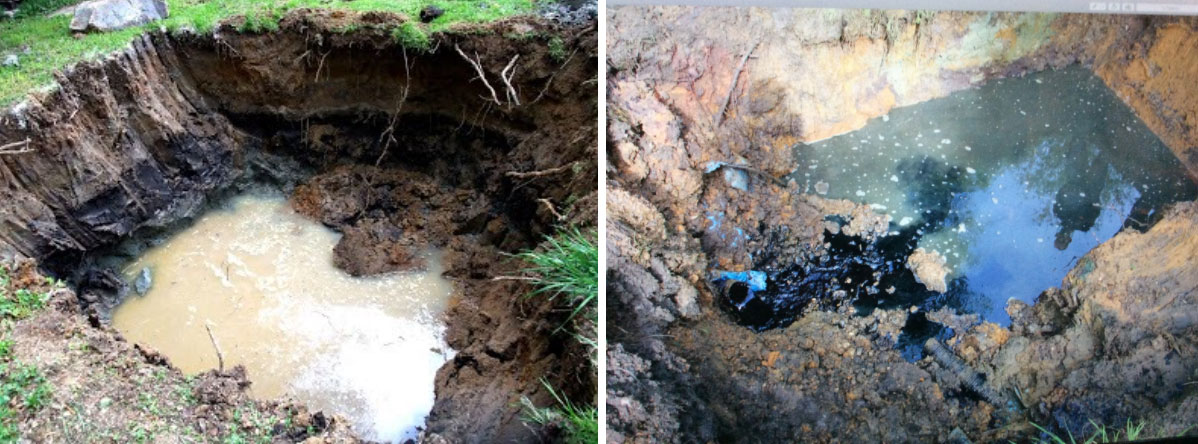
The six leading causes – in my opinion – of drainage fields failing; cause pollution, disruption and great expense; are
- Rainwater, roof, and surface water indirectly or directly going into the sewage system;
- Fat grease and oil;
- Not emptying the tank at the right time, i.e. before parties large gatherings;
- Incorrect size or wrong type;
- Faulty, in need of repair;
- The wrong type of ground.
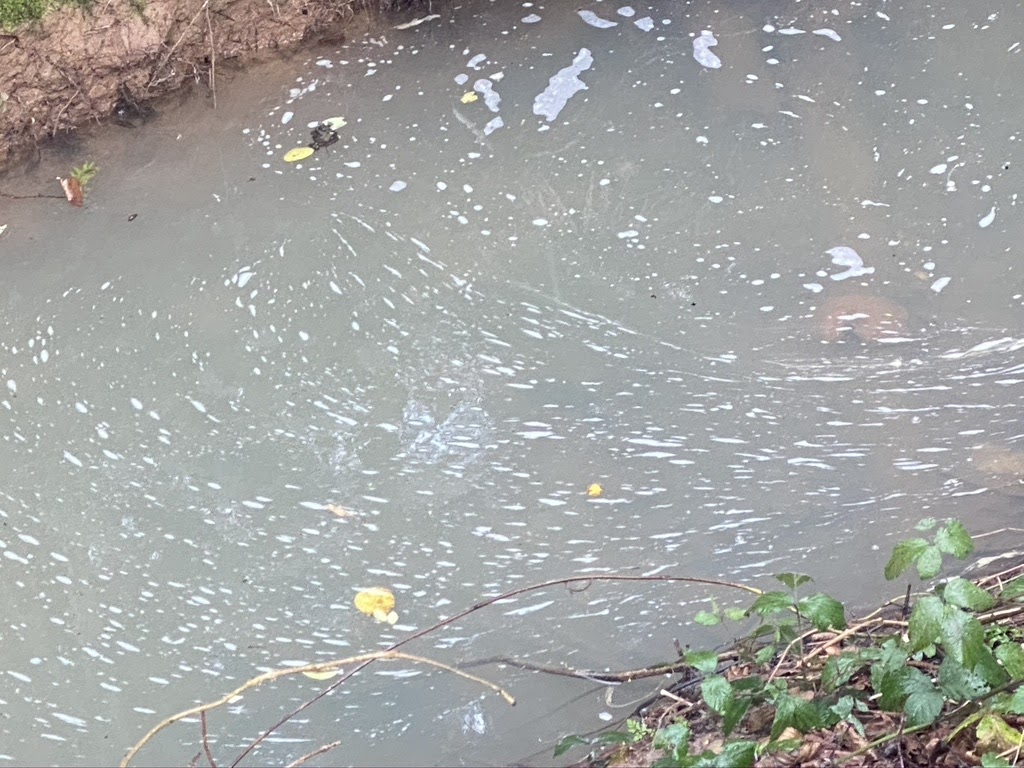
Solutions and services from ASL
- Two-person team specially trained for testing and finding surface water and or roof water entering the sewage system indirectly or directly.
- Supply and installation of grease trap's, oil trap's outside on the way to the septic tank.
- A tanker service specifically designed for the job with emergency tankers for the same day service if necessary.
- A very experienced senior to carry out a fault-finding survey.
- Two-person teams for repair work and replacement work.
- Supply and installation of small septic tanks and treatment plants.
- Teams experienced to install large treatment plants.
- House Purchase Surveys for buyers and sellers.

